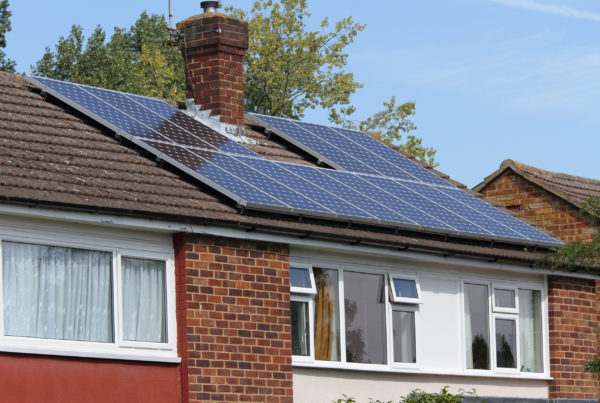
What?
Oak Ridge National Labs debuted a new system of energy storage called GLIDES. The GLIDES (ground-level integrated diverse energy storage) system combines fluid compression and water pumping into a self-contained package that is able to store energy. The system is designed to be efficient, scalable, and independent of geography. Experimental results indicate the system is more efficient than other mechanical forms of energy storage and cost-competitive with electrochemical batteries.[i]
Why?
Electric utility companies produce power that our homes and businesses use throughout the day. Sometimes we need a lot of power and sometimes we need less. Quickly changing how much power is produced at a given time is challenging – i.e. expensive. So many utilities and large customers are looking for ways to store cheaper electricity to be used when making more electricity is expensive. Learn why increasing peak demand is a big deal.
Traditional methods of storing electricity for later use include pumping water into hydroelectric dam reservoirs, compressing air, spinning flywheels, and directly storing electricity in electrochemical batteries.[ii]
Each of these technologies has inherent limitations that GLIDES intends to overcome. The physical location and size of projects limits the use of pumping water into dam reservoirs and compressed air energy storage. Flywheels are expensive precision machines and large electrochemical batteries use vats of acid or increasingly popular Lithium.[iii]
How?
When the cost of electricity is low, the GLIDES system pumps water into a highly pressured vessel. Then, when the cost of electricity is high the system uses the high pressure water to operate a Pelton turbine that produces electricity. Simply increasing the number of systems or size of components in the system allows for the storage capacity and power production to scale to whatever size is needed.
Benefits
Energy storage systems do not save energy, but they can be a great addition to a power production portfolio. Storage systems help meet peak demand at lower cost than traditional peaking plants or market purchases. Energy storage is also more environmentally friendly than traditional fossil fuel peaking plants. The GLIDES system shows promise in its cost competitiveness, scalability, and ability to be deployed nearly anywhere.



